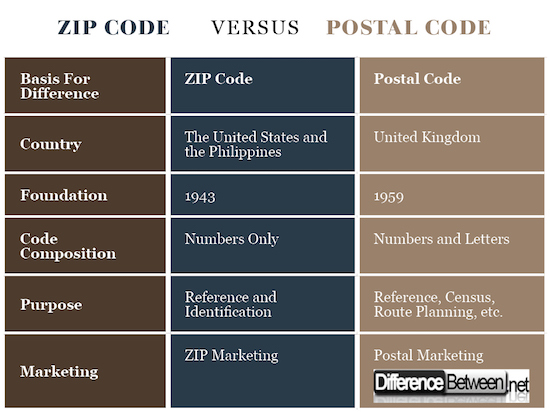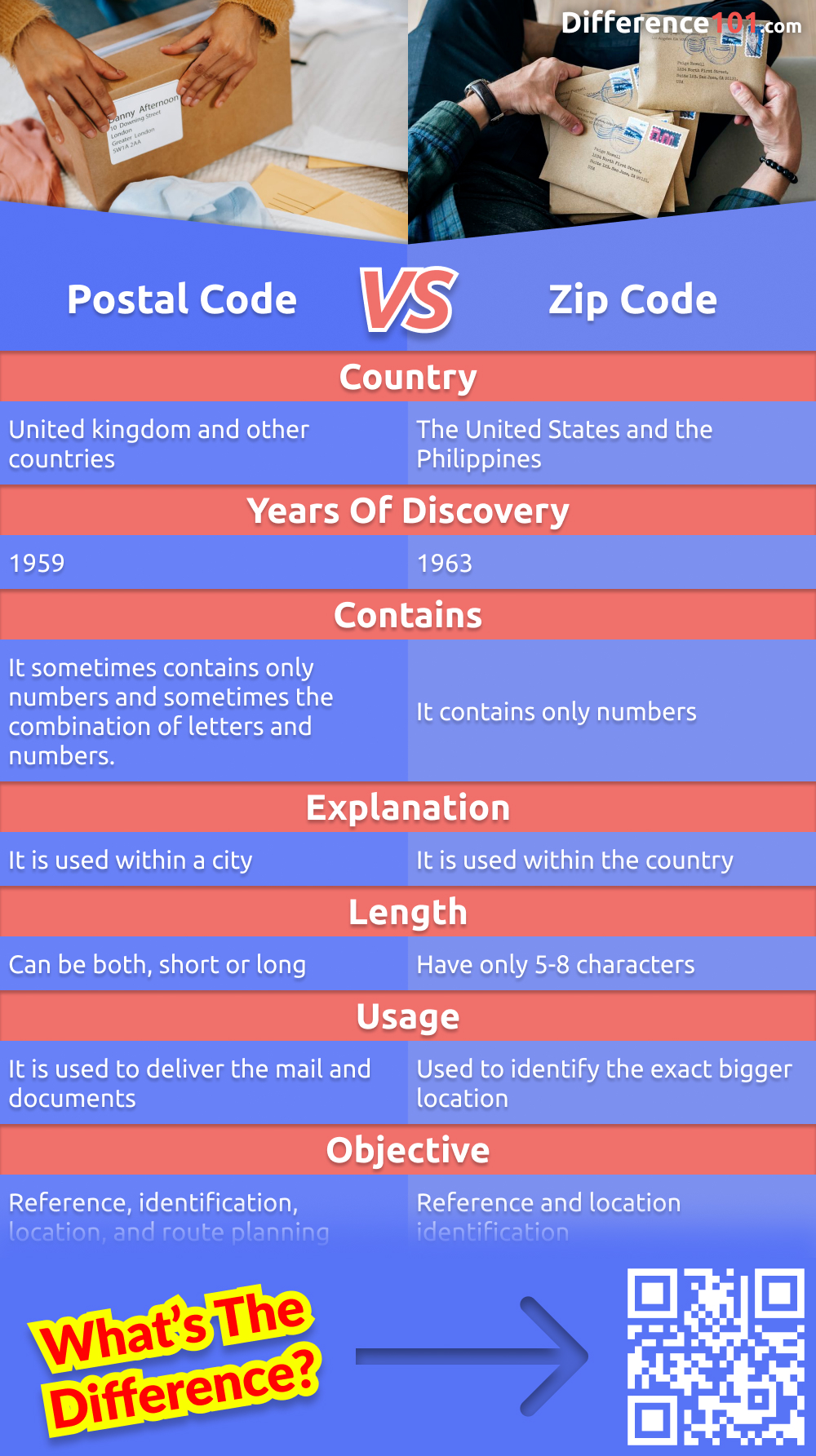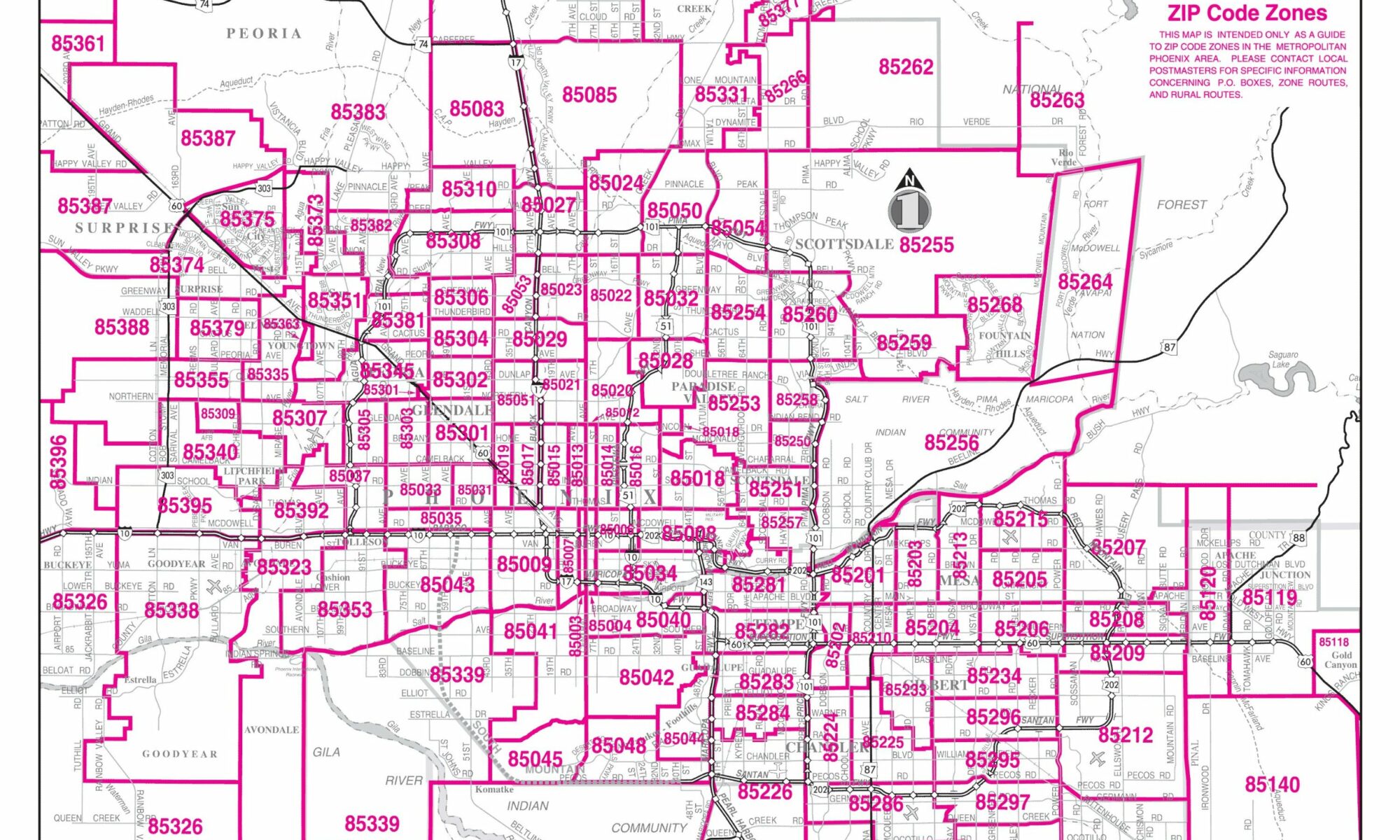Unraveling the Zip vs. Postal Code Mystery

The terms "zip code" and "postal code" are often used interchangeably, but they hold a fascinating story of global standardization and regional variations. This exploration delves into the intricate details of these codes, their origins, and the unique ways they shape our communication systems worldwide.
Unraveling the Global Postal Code System

The concept of postal codes, a vital component of our modern postal systems, has an intriguing history. The origins of these codes can be traced back to the mid-20th century, with different regions adopting their own unique systems. In the United States, for instance, the term “zip code” was introduced by the United States Postal Service (USPS) in the 1960s as part of a strategy to improve the efficiency of mail delivery.
A Journey into the Zip Code System
The ZIP in “zip code” stands for Zone Improvement Plan, a system designed to expedite mail sorting and delivery. This system, implemented by the USPS, divides the country into distinct geographic regions, each assigned a unique five-digit code. These codes, when correctly applied to mail, enable efficient routing and delivery, enhancing the overall postal service efficiency.
| Zip Code Components | Description |
|---|---|
| First Digit | Represents a broad geographic area, often a group of states. |
| Second and Third Digits | Define a region, such as a central city or a large group of towns. |
| Fourth and Fifth Digits | Identify a specific delivery area, such as a post office or a group of streets. |

Exploring the Diversity of Postal Codes Worldwide
While the United States has its zip code system, other countries have adopted their own unique postal code formats. For instance, in the United Kingdom, the system is known as the postcode, a term derived from “postal code”. These postcodes, typically consisting of alphanumeric characters, are structured differently, often starting with one or two letters that represent a specific area, followed by a series of numbers and sometimes additional letters.
In contrast, countries like Canada utilize a system called postal code, which is a six-character string consisting of alternating letters and numbers. This system, introduced in the 1970s, provides a highly efficient way to sort and deliver mail across the vast Canadian landscape.
| Country | Postal Code Format |
|---|---|
| United Kingdom | Alphanumeric, typically starting with letters |
| Canada | Alternating letters and numbers, A1A 1A1 |
| Australia | Four digits, 2000 |
The Impact and Future of Postal Codes

Postal codes have become an essential tool for efficient mail delivery, but their influence extends beyond that. They are used in various applications, from mapping and geographic data analysis to e-commerce and package tracking systems. The evolution of these codes reflects the changing needs of our globalized world, where accurate and timely delivery is crucial.
Challenges and Innovations
With the rise of e-commerce and global shipping, postal codes have faced new challenges. The increasing demand for international deliveries has led to the development of international postal code standards, ensuring smooth cross-border transactions. Additionally, the integration of postal codes with GPS technology and mapping services has revolutionized the way we navigate and locate places, both locally and globally.
Looking Ahead
As technology continues to advance, postal codes are likely to evolve further. The integration of geospatial data and machine learning may lead to more precise and dynamic coding systems, adapting to changing urban landscapes and population distributions. Moreover, the potential for blockchain and AI integration in postal services could bring about enhanced security and efficiency in delivery systems.
What is the difference between a zip code and a postal code?
+While often used interchangeably, “zip code” is a term specific to the United States, referring to the Zone Improvement Plan system. “Postal code” is a more generic term used internationally to describe similar geographic coding systems used for efficient mail delivery.
How do postal codes improve mail delivery efficiency?
+Postal codes divide geographical areas into smaller, more manageable regions. This allows for more precise sorting and routing of mail, ensuring that it reaches its destination faster and more accurately. They also enable automated sorting systems to process mail more efficiently.
Are postal codes the same in every country?
+No, postal codes vary in format and structure across different countries. Each country’s postal system designs its codes based on its unique geographical, administrative, and logistical needs. This results in a diverse range of postal code formats worldwide.
How are postal codes assigned and managed?
+Postal codes are typically assigned and managed by the national postal service or regulatory authority in each country. These organizations ensure that codes are unique, cover all deliverable addresses, and reflect any changes in the geographical or administrative landscape.



